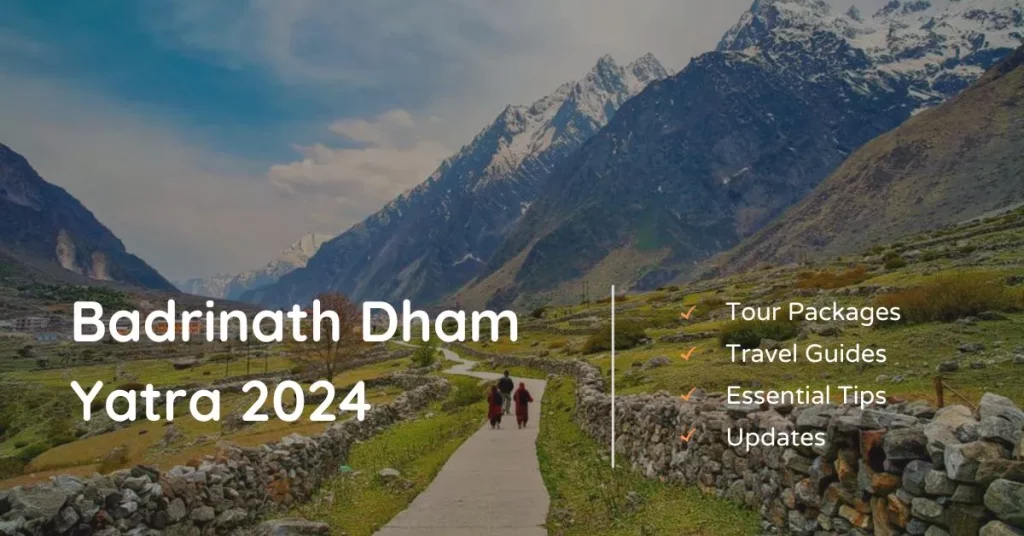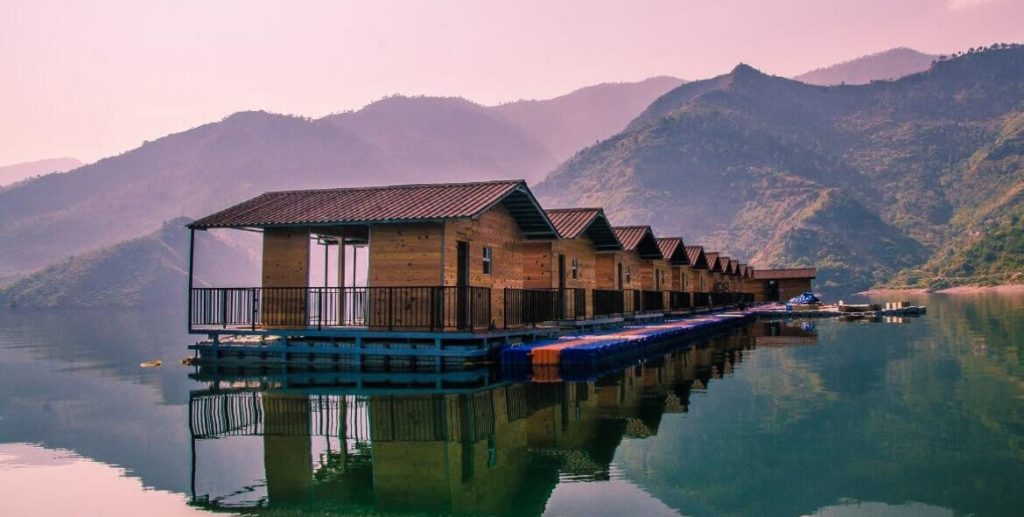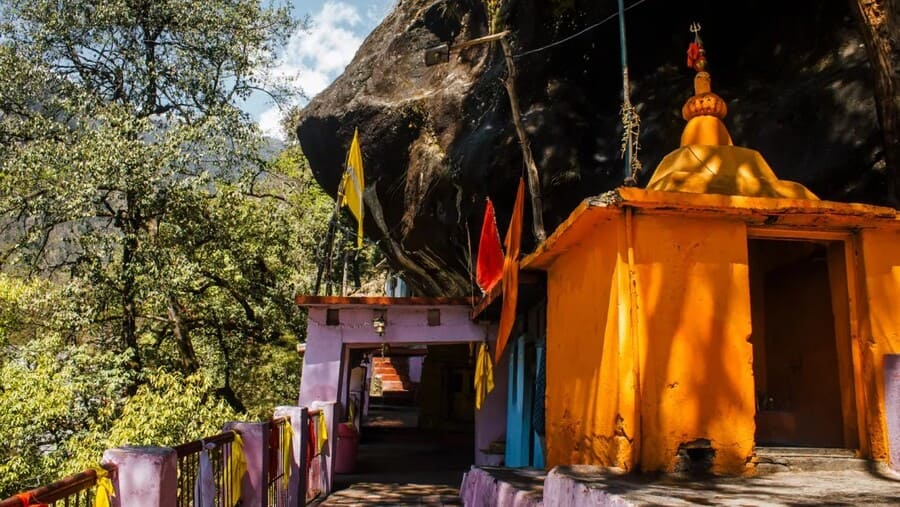Embark on a spiritual journey to Badrinath Dham Yatra 2024. Explore tour packages, travel guides, essential tips, and updates for an unforgettable pilgrimage.
Every year, thousands of devotees embark on a sacred pilgrimage to Badrinath Dham, one of the most revered Hindu shrines nestled in the lap of the majestic Himalayas. This spiritual journey offers not just an opportunity for religious fulfilment but also a chance to immerse oneself in the breathtaking beauty of the Himalayan landscape. As we step into the year 2024, let’s explore what this year’s Badrinath Dham Yatra has in store.
Badrinath Dham: A Brief Introduction
Situated in the Chamoli district of Uttarakhand, Badrinath Dham is dedicated to Lord Vishnu, one of the principal deities in Hinduism. It is one of the four Char Dham pilgrimage sites, along with Yamunotri, Gangotri, and Kedarnath, collectively known as Char Dham Yatra. Badrinath holds immense significance in Hindu mythology and is believed to be the abode of Lord Vishnu in his Badri form. The temple is surrounded by towering snow-capped peaks, including Nilkantha, Narayan Parvat, and Narad Kund, adding to its spiritual aura and natural splendour.
Tour Package for Badrinath Dham Yatra 2024
For pilgrims seeking convenience and a hassle-free journey, various tour operators offer comprehensive package tours for Badrinath Dham Yatra 2024. These packages typically include transportation, accommodation, meals, and guided tours to important religious sites along the way. Pilgrims can choose from a range of options depending on their budget, duration of the journey, and preferred mode of travel.
Many tour packages also incorporate visits to nearby attractions such as Mana Village, the last village on the Indian border, and the sacred confluence of Alaknanda and Saraswati rivers at Devprayag. These additional experiences enrich the pilgrimage and provide pilgrims with a deeper understanding of the region’s cultural and spiritual heritage.
Travel Guide: Navigating the Sacred Path
Navigating the rugged terrain of the Himalayas requires careful planning and preparation. Here are some essential travel tips for pilgrims undertaking the Badrinath Dham Yatra:
How do you reach Badrinath Dham?
To reach Badrinath Dham, pilgrims can embark on a journey via road, air, or rail, followed by a final stretch of road travel. The nearest airport is Jolly Grant Airport in Dehradun, approximately 317 kilometres away, from where taxis and buses are available for onward travel. The nearest railway station is Rishikesh, around 298 kilometres from Badrinath, with regular train services connecting major cities. From these points, pilgrims can hire taxis or board buses to reach Badrinath, traversing scenic mountain roads and picturesque landscapes.
Badrinath Weather Conditions:
The weather in the Himalayan region can be unpredictable, with sudden changes in temperature and occasional rainfall. Pilgrims are advised to carry appropriate clothing, including warm layers and rain gear, to stay comfortable throughout the journey. Check Badrinath Weather
Nestled in the heart of the Himalayas, Badrinath is not only a place of spiritual significance but also a land of captivating weather patterns that add to its mystical charm. Situated at an altitude of approximately 3,415 meters above sea level, Badrinath experiences a unique climate influenced by its high elevation and proximity to the towering peaks of the Himalayan range.
- Summer Season (May to June):
During the summer months, Badrinath experiences relatively mild weather characterized by cool days and chilly nights. Temperatures during the daytime hover around 15 to 20 degrees Celsius, making it the ideal time for pilgrims to embark on the sacred journey to the revered temple of Lord Vishnu. - Monsoon Season (July to September):
The monsoon season in Badrinath brings with it heavy rainfall and occasional thunderstorms. While the monsoon showers add to the scenic beauty of Badrinath, they also pose challenges for pilgrims due to slippery roads and landslides. - Autumn Season (October and November):
Autumn, encompassing the months heralds the onset of cooler temperatures and clear skies in Badrinath. The weather during this time is characterized by crisp mornings and pleasant daytime temperatures ranging from 10 to 15 degrees Celsius. The surrounding landscapes come alive with vibrant hues of gold and crimson as the leaves of the trees change colour, creating a picturesque backdrop for pilgrims and tourists alike. - Winter (December to April):
As winter descends upon the Himalayas, Cause of freezing temperatures and heavy snowfall, Badrinath transforms into a winter wonderland blanketed in pristine snow. the region experiences temperatures dropping well below zero degrees Celsius. The temple of Badrinath remains closed to visitors during the winter months due to the harsh weather conditions and inaccessibility of the pilgrimage routes.
Altitude Sickness: Badrinath Dham is located at an elevation of approximately 3,415 meters above sea level. Pilgrims coming from lower altitudes may experience symptoms of altitude sickness, such as headaches, nausea, and fatigue. It is essential to acclimatize slowly, stay hydrated, and avoid exertion to minimize the risk of altitude-related complications.
Cultural Sensitivity: As a place of religious significance, Badrinath Dham commands respect and reverence from visitors. Pilgrims are expected to adhere to the dress code and code of conduct prescribed by the temple authorities, which includes wearing modest attire and maintaining silence within the temple premises.
Environmental Conservation: To preserve the pristine beauty of the Himalayan ecosystem, pilgrims are urged to practice responsible tourism by minimizing waste generation, avoiding littering, and respecting the local flora and fauna.
Health Considerations: Carry essential medications and consult a healthcare professional before the journey, especially for those with pre-existing medical conditions.
Travel Documents: Ensure you have all necessary travel documents such as ID proofs, permits, and tickets for a smooth journey.
Accommodation: Book accommodation in advance, especially during peak seasons, and consider staying in nearby towns like Joshimath for more options.
Temple Etiquette: Respect the dress code and code of conduct at the Badrinath temple, including maintaining silence and modest attire.
Local Cuisine: Explore local cuisine but ensure food hygiene, and carry some snacks and water for emergencies during the journey.
Updates for Badrinath Dham Yatra 2024
Given the ongoing global pandemic, pilgrims are advised to stay updated on the latest travel advisories and health guidelines issued by the government and local authorities. It is essential to comply with COVID-19 protocols, including wearing masks, maintaining social distancing, and sanitizing hands regularly, to ensure a safe and secure pilgrimage experience.
Additionally, pilgrims are encouraged to check for any temporary restrictions or closures imposed on religious sites and accommodation facilities due to maintenance work or adverse weather conditions. Flexibility and patience are key virtues for pilgrims embarking on the Badrinath Dham Yatra, as they navigate unforeseen challenges with resilience and faith.
Some Important Links:
- Badrinath Temple Opening Dates
- Badrinath Yatra Registration 2024
- Places to Visit near Badrinath
- Hotels in Badrinath
- Panch Badri Yatra
- Char Dham Temple Opening Dates 2024
- Char Dham Yatra 2024
In conclusion, the Badrinath Dham Yatra 2024 promises to be a transformative journey of spiritual awakening and natural wonderment. As pilgrims traverse the sacred paths of the Himalayas, they are not only seeking the blessings of the divine but also forging a deeper connection with the majestic beauty of the mountains. With careful planning, reverence, and an open heart, every pilgrim can find solace and fulfilment in the embrace of Badrinath, the abode of Lord Vishnu.
FAQs on Badrinath Dham Yatra Guide 2024
What is Badrinath Dham Yatra?
Badrinath Dham Yatra is a sacred pilgrimage to the revered shrine of Badrinath, dedicated to Lord Vishnu, situated in the Himalayan region of Uttarakhand, India.
How long does the Badrinath Dham Yatra take?
The duration of the Badrinath Dham Yatra depends on various factors such as the mode of transportation, starting point, and itinerary. It usually takes around 3 to 4 days for a comprehensive pilgrimage tour, including travel time and visits to nearby attractions.
When does the Badrinath Dham Yatra take place?
The Badrinath Dham Yatra typically begins in late April or early May and continues until the onset of winter, around November. This Year Badrinath Temple will be opening on 12 May 2024.
What is the best time to visit Badrinath Dham?
The best time to visit Badrinath Dham is during the summer months of May to June and the autumn months of September to October when the weather is pleasant and the pilgrimage routes are accessible. The temple remains closed during the winter months due to heavy snowfall.
Is accommodation available during the Badrinath Dham Yatra?
Yes, accommodation options ranging from budget guesthouses to deluxe hotels are available in Badrinath and nearby towns such as Joshimath and Rudraprayag. Pilgrims can also opt for dormitory facilities provided by temple authorities for a nominal fee.
What are some nearby attractions to explore during Badrinath Dham Yatra?
Pilgrims can visit nearby attractions such as Mana Village, the last village on the Indian border, Vasudhara Falls, and the sacred confluence of Alaknanda and Saraswati rivers at Devprayag. These additional experiences enrich the pilgrimage and provide insights into the region’s cultural and natural heritage.


